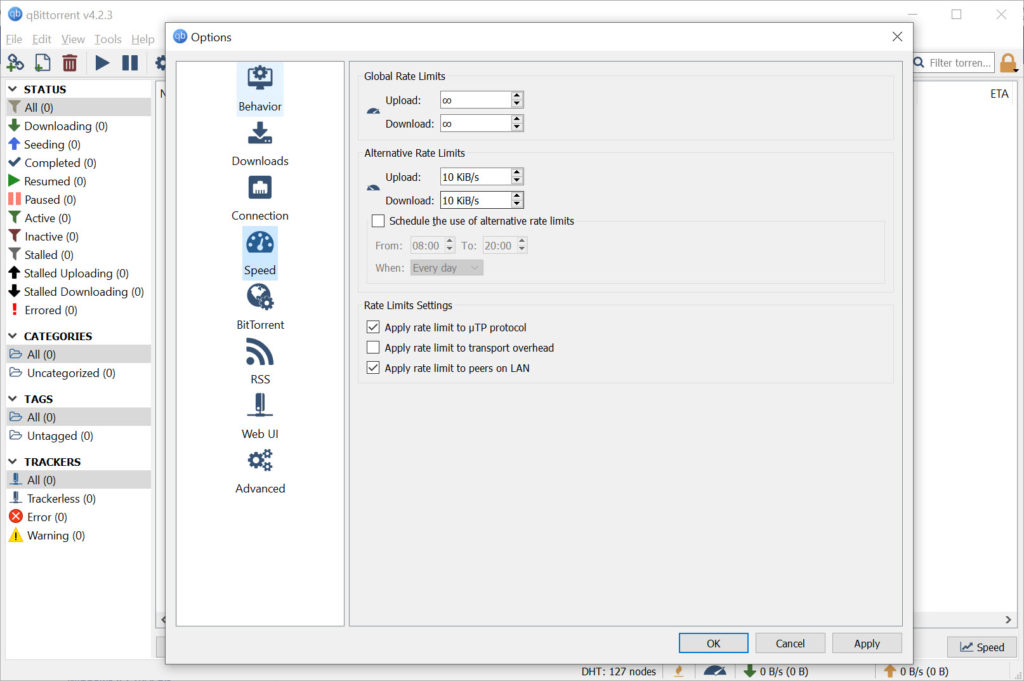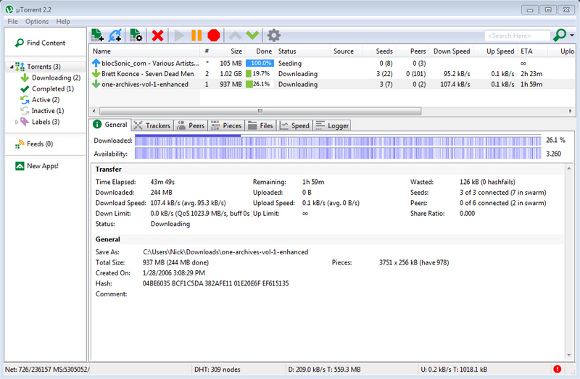

If you currently have proper port forwarding set up, there's little or no advantage in using IPv6. (Just to be clear: it doesn't mean that other implementations have poor support, just that I do not know how good they are.) I have not reviewed any other implementations. If you're interested in other BitTorrent clients, µTorrent, Azureus, libtorrent-rasterbar and BitFlu have splendid support for IPv6. Like most BitTorrent implementations, Transmission is able to speak both IPv4 and IPv6 at the same time: if you have IPv6 connectivity, Transmission will speak IPv4 to some peers, and IPv6 to others. Such a new protocol, known as IPv6, has been finalised in 1996, and we've been busy implementing IPv6 support in software and hardware since then. The solution is to transition to a new protocol that is designed to scale to hundreds of billions of nodes. When they do that, you'll be unable to do port forwarding yourself. What is more, ISPs have been speaking of putting an additional layer of NAT in the network. Because of NAT, we're losing our time developing hacks such as port forwarding, uPNP, and various other NAT traversal techniques. While NAT is fine for client-server access, such as the web, it complicates peer-to-peer applications quite a bit. People have managed to get IPv4 to scale by using a trick known as NAT, which consists in hiding multiple nodes behind a single IP address. There are probably around one billion nodes on the Internet now.

Developed in the late 70s, IPv4 was not designed to scale beyond a hundred million nodes or so. IPv4, the protocol currently in use on the Internet, has served us well for 30 years now. Please note that I am not a Transmission developer, just a contributor, and hence none of what I say is an official position of the Transmission team. Some of you may have been hearing about this new-fangled IPv6 thing.


 0 kommentar(er)
0 kommentar(er)
